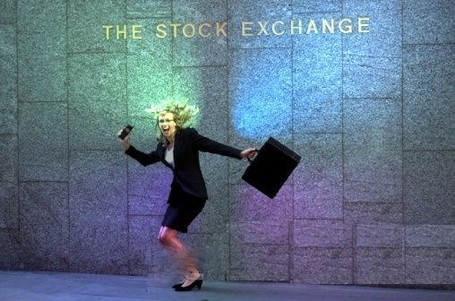Trading is not purely science; it’s also an art.
CAN A THOUSAND PhDs BE WRONG?
“It seemed to me that most of what I was learning at Wharton could only help you fail in the investment business.” -Peter Lynch
They say if you torture numbers long enough, they will tell you anything you want to hear. I submit, if you studied the patterns of ants scurrying around long enough, you could surely find some correlation to timing the market! Of course, only a fool would risk his money on such a conclusion.
Mathematics and theories is seldom a match for experience and expertise. Nothing against professors and mathematicians, but in the stock market, the real world works quite differently than in the textbooks.
Keep in mind that it was highly intelligent people who, for a long time, argued whether or not a baseball could really curve or if it is just an optical illusion. The argument was finally settled with the advent of fast photography. Using cameras, it was determined that, indeed, a curveball does curve. This of course came as no surprise to the pro ball players who stood in the batter’s box over home plate and had to face a major league pitcher day after day.
Don’t be too impressed with what looks good on paper until you can verify it with your own trading in the real world. Those who think they have it all figured out on paper can blow themselves up in the stock market. Strategies that are back-tested utilize curve fitting to find the best formula that beats the market, but only in hindsight.
The futility of trying to forecast markets with static statistical models has not prevented armies of the greatest minds from trying to invent the next mathematical money-making machine.
- The Origin of Mark Minervini -


